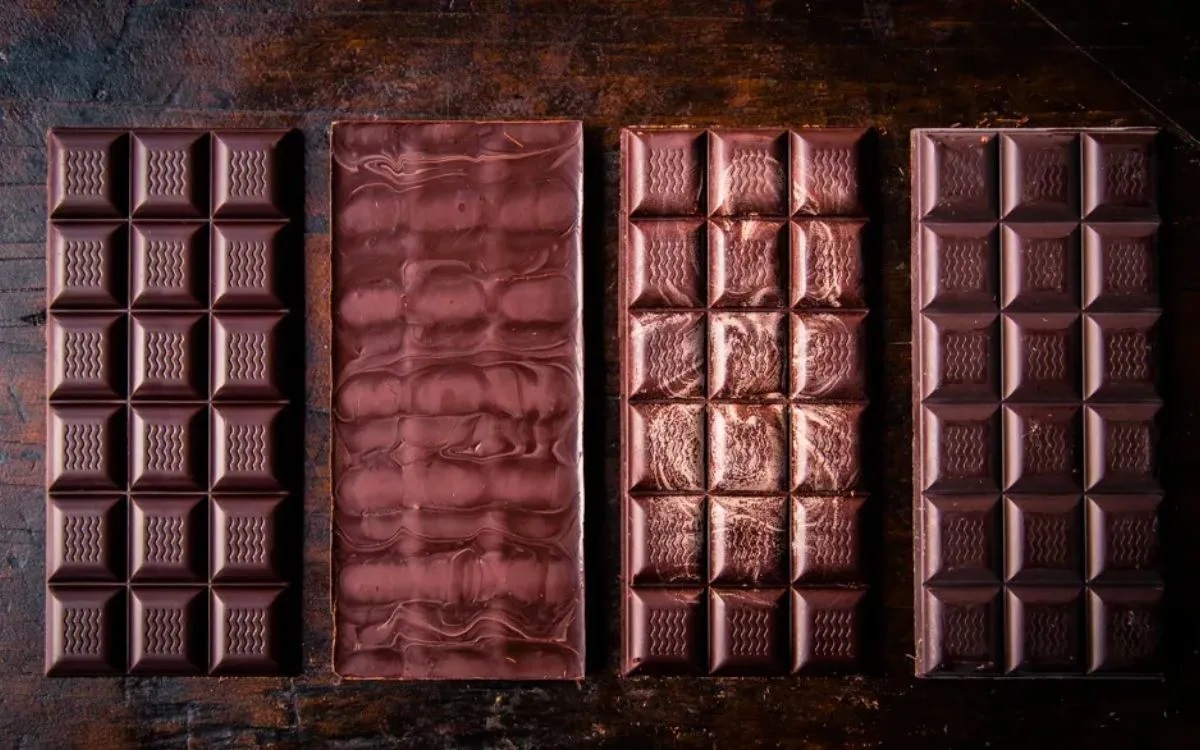

Articles
How To Store Chocolate Bars
Modified: December 7, 2023
Learn how to properly store chocolate bars to maintain their freshness and flavor. Read our informative articles for tips and techniques to preserve your favorite sweet treat.
(Many of the links in this article redirect to a specific reviewed product. Your purchase of these products through affiliate links helps to generate commission for Storables.com, at no extra cost. Learn more)
Introduction
Chocolate bars are a beloved treat enjoyed by people of all ages. Whether you prefer milk chocolate, dark chocolate, or something in between, properly storing your chocolate bars is essential to ensure their quality and flavor are preserved. In this article, we will explore the best practices for storing chocolate bars to maximize their shelf life and to ensure that they maintain their delicious taste and texture.
When it comes to storing chocolate bars, there are a few key factors to consider. The temperature, humidity, light exposure, packaging, location, and other factors can all affect the quality of your chocolate bars. By following the guidelines outlined in this article, you can extend the shelf life of your chocolate bars and keep them in optimal condition for indulging in whenever the craving strikes.
Properly stored chocolate bars not only retain their flavor but also maintain their appearance. No one wants a chocolate bar that is discolored, bloomed, or has an unpleasant texture. By understanding and implementing the correct storage methods, you can ensure that your favorite chocolate bars are always ready to be enjoyed.
So, if you’re a chocolate lover looking to preserve your precious bars, keep reading to discover the best practices for storing chocolate bars to maintain their quality and delight your taste buds with every bite.
Key Takeaways:
- Properly storing chocolate bars is essential to maintain their quality and flavor. Factors like temperature, moisture, light exposure, packaging, and location all play a crucial role in preserving the deliciousness of your favorite chocolate treats.
- Whether it’s avoiding moisture and humidity, protecting chocolate bars from light exposure, or choosing the right packaging, following best practices for storage ensures that every indulgent bite delivers the delightful and satisfying experience that chocolate lovers crave.
Read more: How To Store Melted Chocolate
Proper Temperature for Storing Chocolate Bars
One of the most crucial factors in storing chocolate bars is maintaining the proper temperature. Chocolate is sensitive to temperature fluctuations, and exposing it to extreme heat or cold can negatively impact its flavor and texture.
The ideal temperature for storing chocolate bars is between 60°F (15°C) and 70°F (21°C). This temperature range helps to prevent the chocolate from melting or developing a whitish-gray film known as chocolate bloom.
If the temperature rises above 70°F (21°C), the cocoa butter in the chocolate can start to melt, causing the chocolate to become soft and lose its shape. On the other hand, if the temperature drops below 60°F (15°C), the chocolate can become too hard and develop a grainy texture.
To maintain a consistent temperature, store your chocolate bars in a cool and dry place. Avoid storing them in areas with direct sunlight, near heat sources, or in environments with high humidity. The fluctuations in temperature and exposure to heat can cause the chocolate to melt, resulting in a sticky mess.
If you live in a particularly warm or humid climate, it is advisable to store your chocolate bars in the refrigerator. However, take note that refrigerating chocolate can sometimes lead to the formation of condensation on the surface, which can affect its texture. To prevent this, wrap the chocolate bars tightly in plastic wrap or place them in an airtight container before storing them in the refrigerator.
When you’re ready to enjoy your chocolate, make sure to remove it from the refrigerator and allow it to come to room temperature before unwrapping or consuming. This will help prevent moisture from condensing on the chocolate’s surface, ensuring that it retains its smooth texture and rich flavor.
By storing your chocolate bars at the proper temperature, you can protect their integrity and preserve their quality for a longer period, ensuring a satisfying and delectable chocolate experience with every bite.
Avoiding Moisture and Humidity
Moisture and humidity are enemies of chocolate. They can cause the chocolate to become soft, sticky, and lose its texture. To prevent moisture and humidity from affecting your chocolate bars, it’s important to store them in a dry environment.
Firstly, make sure that the storage area is free from any sources of moisture, such as leaking pipes or damp walls. Even minimal exposure to moisture can cause chocolate to absorb the moisture and become spoiled. It’s best to choose a storage area that is clean, dry, and well-ventilated.
Additionally, avoid storing your chocolate bars in places with high humidity, such as the kitchen or bathroom. The humidity in these areas can cause condensation to form on the surface of the chocolate, leading to a loss of quality and taste. Instead, opt for a cool and dry area, such as a pantry or cupboard.
If you live in a humid climate, consider using airtight containers or plastic wrap to further protect your chocolate bars from moisture. Wrapping each individual bar in plastic wrap will create a barrier between the chocolate and any excess moisture in the air. Alternatively, store your chocolate bars in airtight containers to provide an extra layer of protection.
It’s worth noting that chocolate readily absorbs odors from its surroundings, which can affect its flavor. So, avoid storing chocolate bars near any strongly scented items, such as spices, onions, or cleaning products. These odors can permeate the packaging and taint the chocolate, resulting in an unpleasant taste.
By taking precautions to avoid moisture and humidity, you can ensure that your chocolate bars retain their quality and taste, providing you with a delightful and satisfying indulgence whenever you decide to enjoy them.
Protecting Chocolate Bars from Light
Light exposure is another factor that can negatively impact the quality and flavor of chocolate bars. When chocolate is exposed to light, especially sunlight or fluorescent light, it can cause the cocoa butter to break down, resulting in off flavors and a decline in quality.
To protect your chocolate bars from light, it is important to store them in a dark environment. A pantry, cupboard, or a drawer away from direct sunlight or bright artificial light sources are good options for storage. It is also advisable to keep the chocolate bars away from windows or areas with large glass surfaces that allow ample light to enter.
If you prefer to display your chocolate bars, consider using opaque containers or wrapping them in aluminum foil or butcher paper to shield them from light. This will help to minimize light exposure and preserve the quality of the chocolate.
When purchasing chocolate bars, you might notice that some brands come in dark-colored or foil-wrapped packaging. This is because these materials are effective at blocking out light and providing an additional layer of protection. However, even with dark-colored packaging, it is still recommended to store the chocolate bars in a dark area to minimize light exposure.
By protecting your chocolate bars from light, you can maintain their flavor integrity and ensure that each indulgent bite provides the full richness and deliciousness that chocolate lovers crave.
Choosing the Right Packaging
The packaging you choose for your chocolate bars plays a crucial role in maintaining their quality and protecting them from external factors. Ideally, you want packaging that provides airtight and moisture-resistant properties to keep your chocolate bars fresh and delicious.
When selecting packaging, look for options that are specifically designed for storing chocolate. Foil-wrapped packaging is a popular choice as it provides a barrier against moisture, light, and air. Foil helps to maintain the chocolate’s texture, flavor, and aroma by preventing oxidation and moisture absorption.
Another option is to opt for resealable plastic bags or airtight containers. These can help prevent moisture from getting to the chocolate bars and keep them protected from odors and flavor contamination. Ensure that the packaging you choose is clean and free from any residual odors that may transfer onto the chocolate.
It is important to note that once a chocolate bar is opened, it is essential to reseal it properly to maintain its freshness. If the original packaging is not resealable, you can transfer the chocolate to an airtight container or wrap it tightly in plastic wrap to help preserve its quality.
Regardless of the packaging you choose, always check for any signs of damage or compromised seals before purchasing or using it for storing chocolate bars. Damaged packaging can allow air, moisture, and other contaminants to enter, leading to a decline in quality.
Remember to follow any specific instructions provided by the chocolate manufacturer regarding the storage of their products. Some brands may recommend refrigeration or specific packaging requirements to ensure the chocolates stay in optimal condition.
By choosing the right packaging for your chocolate bars, you can protect them from external factors, maintain their freshness, and prolong their shelf life, ensuring that each bite is a decadent delight.
Store chocolate bars in a cool, dry place away from direct sunlight and strong odors. Keep them in their original packaging or airtight container to prevent moisture and odors from affecting the flavor.
Read more: How To Store Chocolate Candy
Best Locations for Chocolate Bar Storage
When it comes to storing chocolate bars, the location plays a significant role in maintaining their quality and flavor. Here are some of the best locations to store your chocolate bars:
- Pantry or Cupboard: A cool and dry pantry or cupboard away from direct sunlight is an ideal location for storing chocolate bars. The consistent temperature in these areas helps preserve the chocolate’s texture and prevent it from melting or becoming too hard.
- Refrigerator: If you live in a warm climate or during the summer months, refrigeration can be an option to prevent chocolate bars from melting. However, it’s important to note that refrigerating chocolate can sometimes cause moisture to condense on the surface, affecting its texture. If you choose to refrigerate your chocolate, wrap it tightly in plastic wrap or store it in an airtight container to minimize the risk of moisture absorption.
- Wine Cooler: Wine coolers are designed to maintain a constant temperature, making them suitable for storing chocolate bars. Set the wine cooler to the recommended temperature range of 60°F (15°C) to 70°F (21°C) to keep the chocolate bars in optimal condition.
- Cool Basement: If you have a cool and dry basement, it can be an excellent location for chocolate bar storage. Ensure that the area is free from any dampness or moisture to prevent the chocolate from absorbing any unwanted flavors or odors.
- Dark Cabinet or Drawer: If you want to protect your chocolate bars from light exposure, storing them in a dark cabinet or drawer can be a wise choice. Remember to keep the area dry and away from heat sources to maintain the chocolate’s quality.
When determining the best location for chocolate bar storage, it’s important to consider factors such as temperature, humidity, light exposure, and odor contamination. Choose a location that provides a consistent temperature, low humidity, and minimal exposure to light and odors.
By storing your chocolate bars in the best locations, you can ensure that they remain in top-notch condition, delivering a delightful and satisfying treat every time you indulge.
Avoiding Odors and Flavor Contamination
Ensuring that your chocolate bars retain their original flavors is essential for an enjoyable chocolate experience. Avoiding odors and flavor contamination is crucial in preserving the delicate and complex taste profiles of your chocolate. Here are some tips to help you protect your chocolate bars from unwanted odors and flavor contamination:
- Store Separately: Keep your chocolate bars separate from strongly scented items, such as spices, onions, or cleaning products. These items can release strong odors that can permeate the packaging and affect the flavor of your chocolate. Storing your chocolate bars in airtight containers or wrapping them tightly in plastic wrap can provide an extra layer of protection against odor contamination.
- Avoid Strong Smells: When handling or consuming chocolate, make sure to avoid being in the proximity of strong-smelling substances, such as perfumes or heavily scented lotions. These overpowering smells can mask the delicate flavors of the chocolate or even transfer undesirable flavors onto the chocolate bars.
- Fragrance-Free Storage: Choose a storage area that is free from strong smells. This can include avoiding storing your chocolate bars in the same cabinet or drawer as scented candles, air fresheners, or other fragranced products. Opt for a clean and odor-free environment to maintain the purity of your chocolate’s taste.
- Check Packaging Integrity: Ensure that the packaging of your chocolate bars is intact before purchasing them. Damaged or compromised packaging can expose the bars to external smells, affecting their flavor. If you notice any signs of damage or improper seals, it’s best to choose a different package.
- Properly Seal after Opening: Once you have opened a chocolate bar, make sure to reseal it properly to prevent any potential flavor contamination. Whether using the original packaging or transferring the bar to an airtight container, sealing it tightly will help maintain its freshness and protect it from absorbing unwanted odors.
By taking these steps to avoid odors and flavor contamination, you can fully savor the nuanced flavors and enjoy the true essence of your chocolate bars.
Checking and Rotating Chocolate Bars
To ensure that your chocolate bars remain in optimal condition, it is important to periodically check them for any signs of deterioration and rotate them to maintain freshness. Here are some guidelines for checking and rotating your chocolate bars:
- Check Expiration Dates: Before purchasing or opening a chocolate bar, always check the expiration date. Consuming chocolate past its expiration date can result in a decline in quality and flavor. Be mindful of the shelf life and prioritize consuming the bars that are closest to their expiration date first.
- Inspect for Signs of Staleness: From time to time, visually inspect your chocolate bars for any signs of staleness or discoloration. Look for any white or gray spots on the surface, which can indicate the presence of chocolate bloom. While chocolate bloom is not harmful, it can affect the taste and texture of the chocolate. If you notice signs of bloom, it’s best to consume the affected bars sooner rather than later.
- Rotate the Storage: When storing multiple chocolate bars, make it a habit to rotate them periodically. Move the bars that have been in storage the longest to the front, and place the new ones at the back. This practice ensures that older bars are consumed first, preventing them from remaining in storage for an extended period.
- Store Single-Origin Bars Separately: If you have single-origin chocolate bars with distinct flavors, it is advisable to store them separately from other bars. This helps prevent their flavors from mingling and allows you to appreciate the unique characteristics of each origin.
- Take Note of Seasonal Variations: Different seasons can have an impact on the temperature and humidity levels in your storage area. Be aware of these variations and take appropriate measures to adjust storage conditions accordingly. For example, in high humidity seasons, you may want to consider using dehumidifiers or additional packaging protections to safeguard your chocolate bars.
By regularly checking your chocolate bars for freshness and rotating their storage, you can ensure that they are enjoyed at their best. Remember to consume your chocolate bars within their recommended shelf life for the most delightful and satisfying chocolate experience.
Long-Term Storage Tips
If you have a surplus of chocolate bars or want to store them for an extended period, it is essential to follow proper long-term storage practices. Here are some tips to keep your chocolate bars in optimal condition for an extended period:
- Freeze for Long-Term Storage: Freezing chocolate bars is an effective method for long-term storage. Before freezing, ensure that each bar is tightly wrapped in plastic wrap or placed in an airtight container to prevent freezer burn. When you’re ready to enjoy the chocolate, allow it to thaw in the refrigerator or at room temperature to prevent any condensation from forming on the surface.
- Use Vacuum-Sealed Bags: Vacuum-sealed bags are a great option for long-term storage as they remove the air that can cause oxidation, maintaining the quality of the chocolate over time. Wrap each individual chocolate bar tightly in plastic wrap or place them in small vacuum-sealed bags to preserve their freshness.
- Control the Storage Environment: When storing chocolate bars for an extended period, it is important to maintain a consistent temperature and humidity level. Choose a storage area that is cool, dry, and away from any sources of heat or sunlight. Avoid fluctuations in temperature, as well as high humidity, which can lead to moisture absorption and degrade the quality of the chocolate.
- Label and Date: To keep track of the storage timeframe, label each chocolate bar or the packaging with the date of storage. This will help you identify the age of the bars and consume them in the proper order, ensuring optimal freshness.
- Consume within a Reasonable Timeframe: While chocolate bars can be stored for quite some time, it is important to remember that their flavor and texture may change over time. It is recommended to consume the stored chocolate bars within a reasonable timeframe to enjoy them at their best. The exact timeframe will vary depending on factors such as storage conditions and the type of chocolate.
By following these long-term storage tips, you can preserve the quality and deliciousness of your chocolate bars for an extended period. Whether you’re stockpiling your favorite bars or planning for a future indulgence, proper storage practices will ensure that you can enjoy them at their finest.
Read more: How To Store Chocolate Chips
Conclusion
Properly storing your chocolate bars is crucial for maintaining their quality, flavor, and texture. By considering factors like temperature, moisture, light exposure, packaging, and location, you can ensure that your chocolate bars deliver a delightful and satisfying experience every time you indulge.
Keeping your chocolate bars at the optimal temperature range of 60°F (15°C) to 70°F (21°C) is essential to prevent melting, blooming, and texture issues. Storing them in a cool and dry area, away from direct sunlight and heat sources, will help maintain their integrity and prevent unwanted texture changes.
Avoiding moisture and humidity is critical in preserving the freshness of your chocolate bars. Ensure that your storage area is free from sources of moisture and humidity, and consider using airtight packaging or containers to protect them further.
Protecting your chocolate bars from light exposure is necessary to prevent flavor degradation. Choose a dark storage area or use opaque packaging materials to shield them from light and maintain their rich flavor profiles.
The right packaging plays a significant role in preserving the quality of your chocolate bars. Opt for foil-wrapped packaging, airtight containers, or resealable plastic bags to prevent moisture, air, and odor contamination.
Choosing the best locations for chocolate bar storage, such as pantries, wine coolers, cool basements, or dark cabinets, ensures optimal conditions for preserving their quality and taste.
Avoiding odors and flavor contamination is essential in maintaining the pure flavors of your chocolate bars. Store them separately from strongly scented items and avoid exposing them to strong aromas that can affect their taste.
Regularly checking your chocolate bars for freshness and rotating their storage ensures that you consume them within their recommended shelf life and that older bars are used first.
When it comes to long-term storage, freezing, vacuum-sealed bags, and controlling the storage environment are effective methods for preserving your chocolate bars for an extended period.
Remember, while chocolate bars have a relatively long shelf life, they are best enjoyed within a reasonable timeframe to savor their optimal flavors and textures.
By implementing these storage practices and considering the specific needs of your chocolate bars, you can ensure that every bite is a delectable experience, full of the delightful nuances and indulgence that chocolate lovers adore.
Frequently Asked Questions about How To Store Chocolate Bars
Was this page helpful?
At Storables.com, we guarantee accurate and reliable information. Our content, validated by Expert Board Contributors, is crafted following stringent Editorial Policies. We're committed to providing you with well-researched, expert-backed insights for all your informational needs.
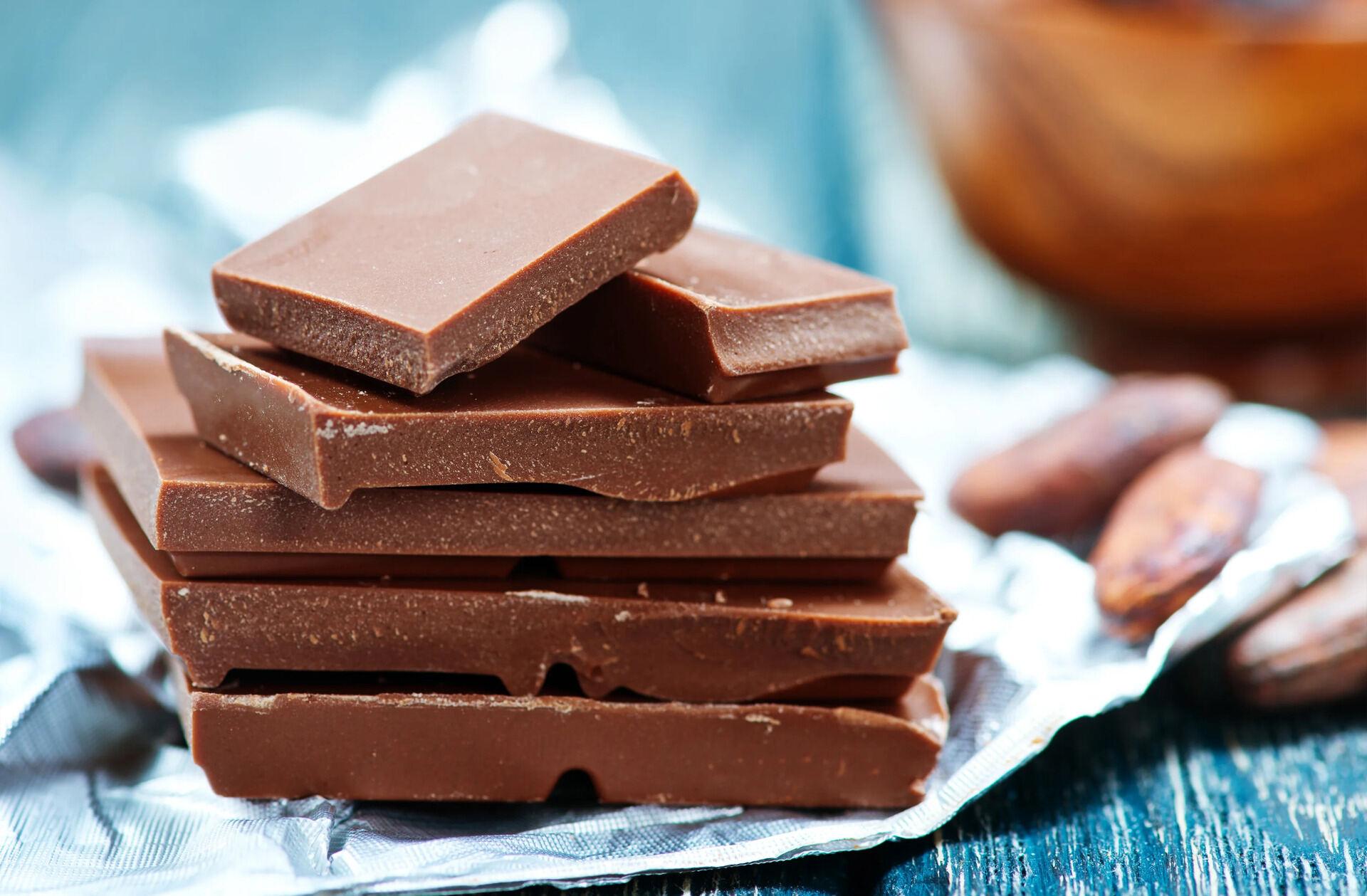
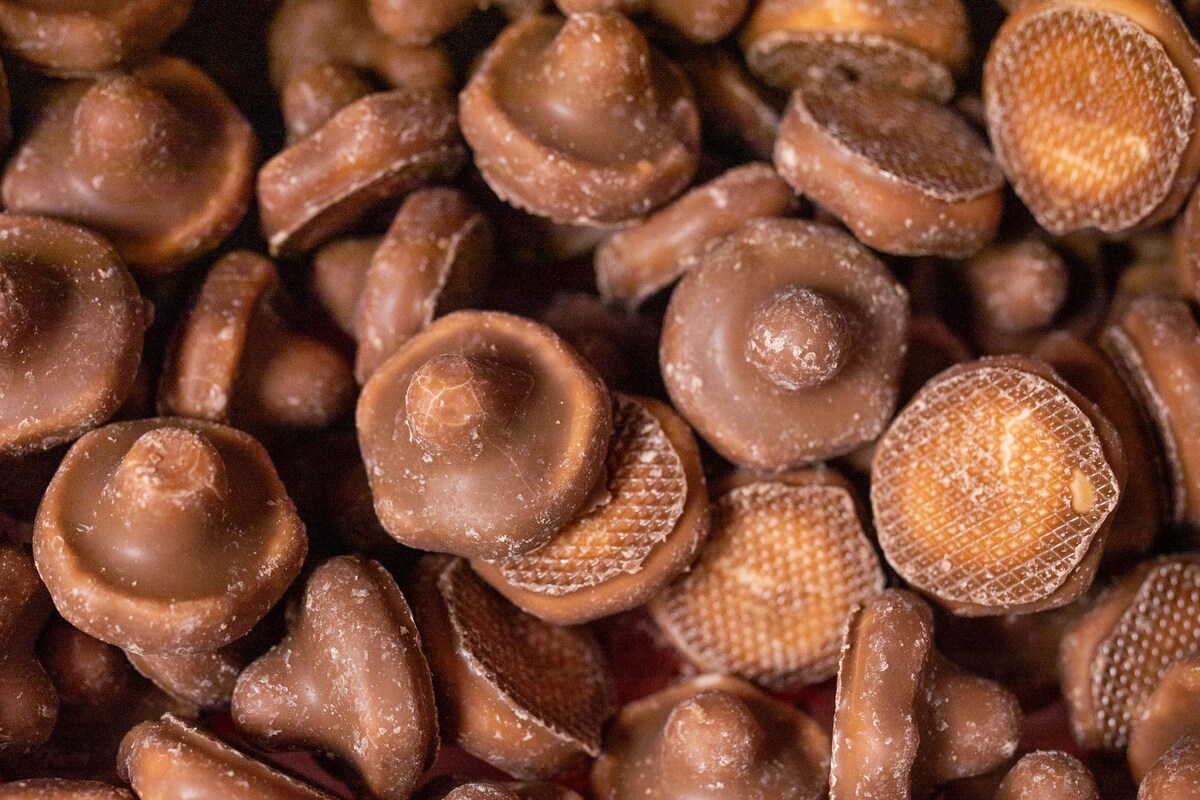
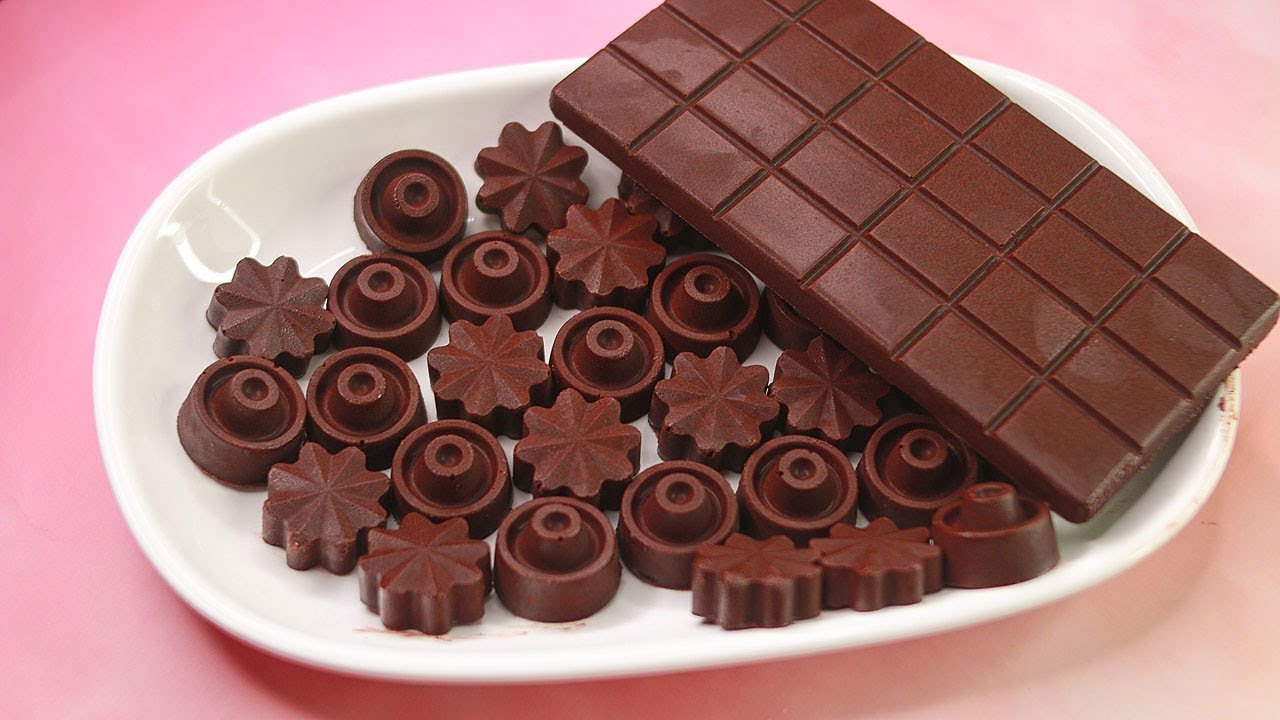
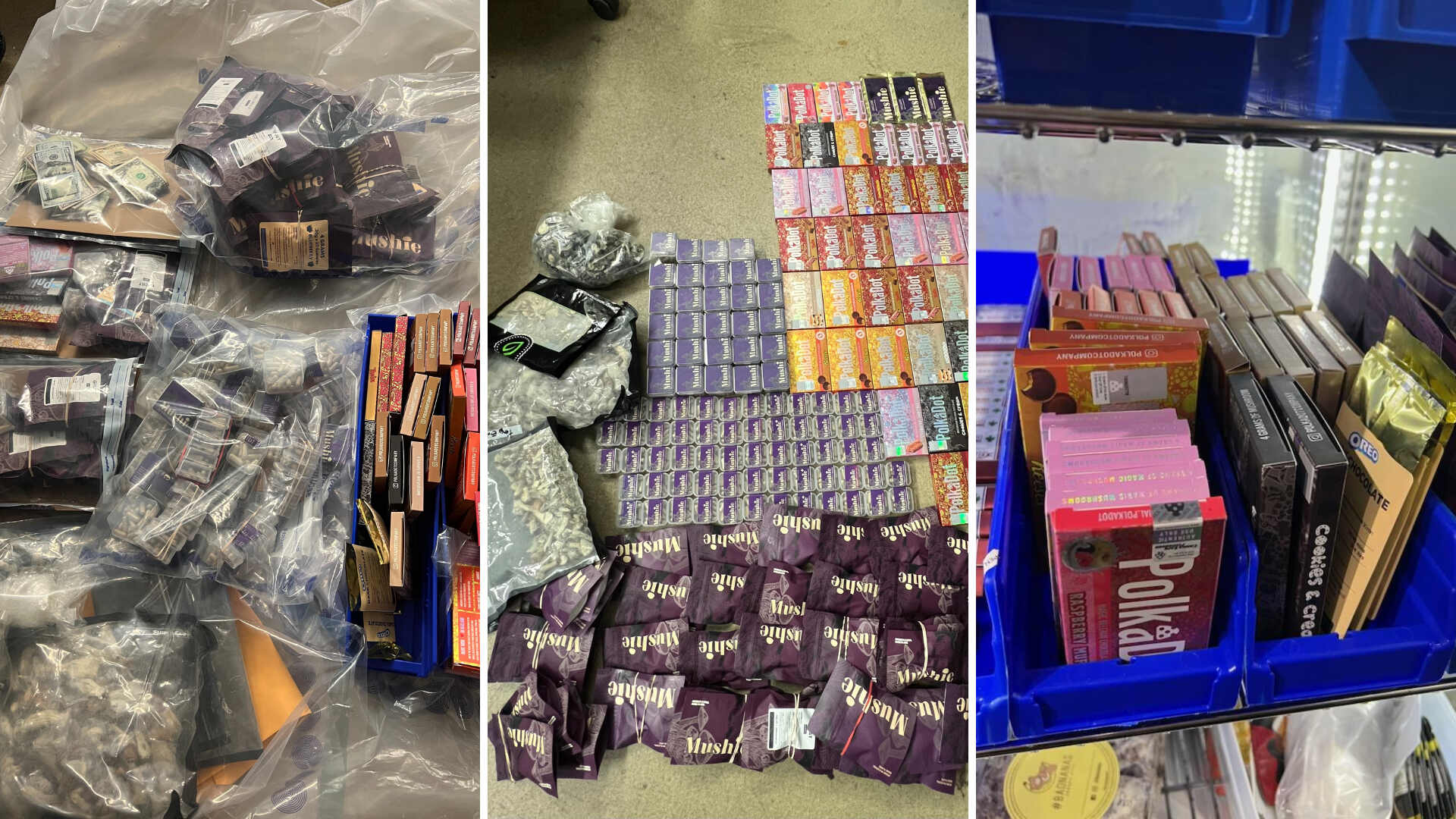
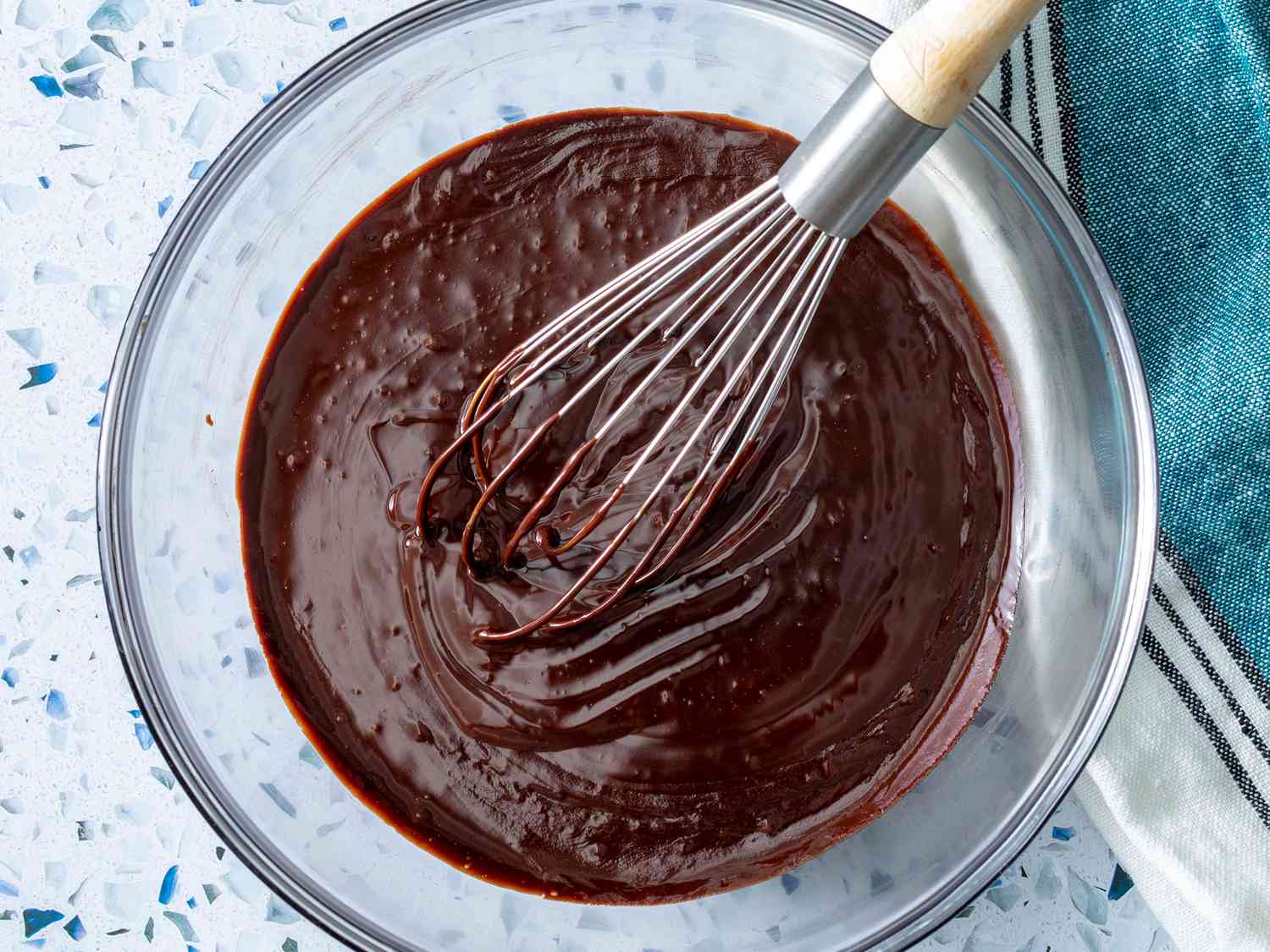
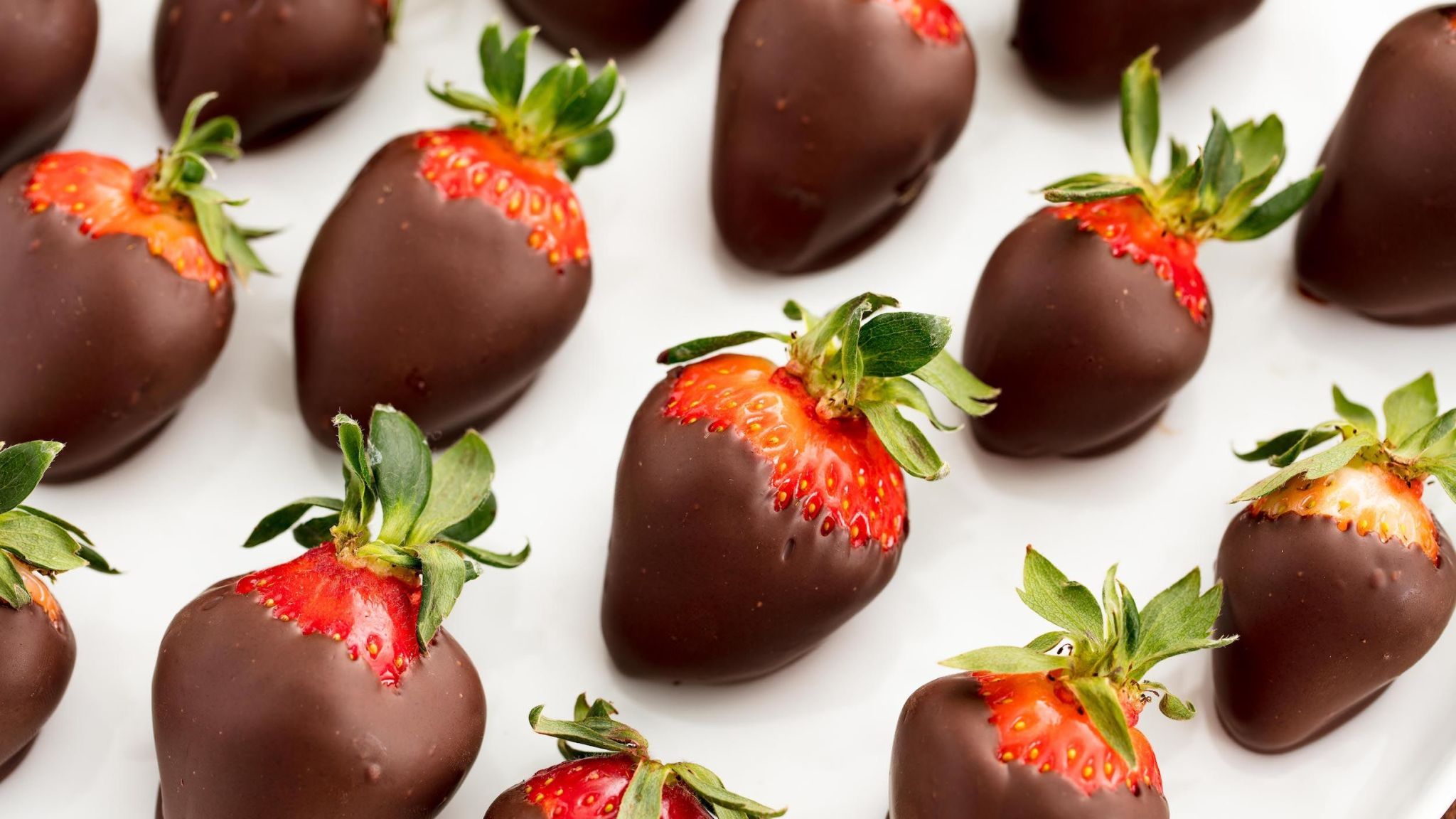
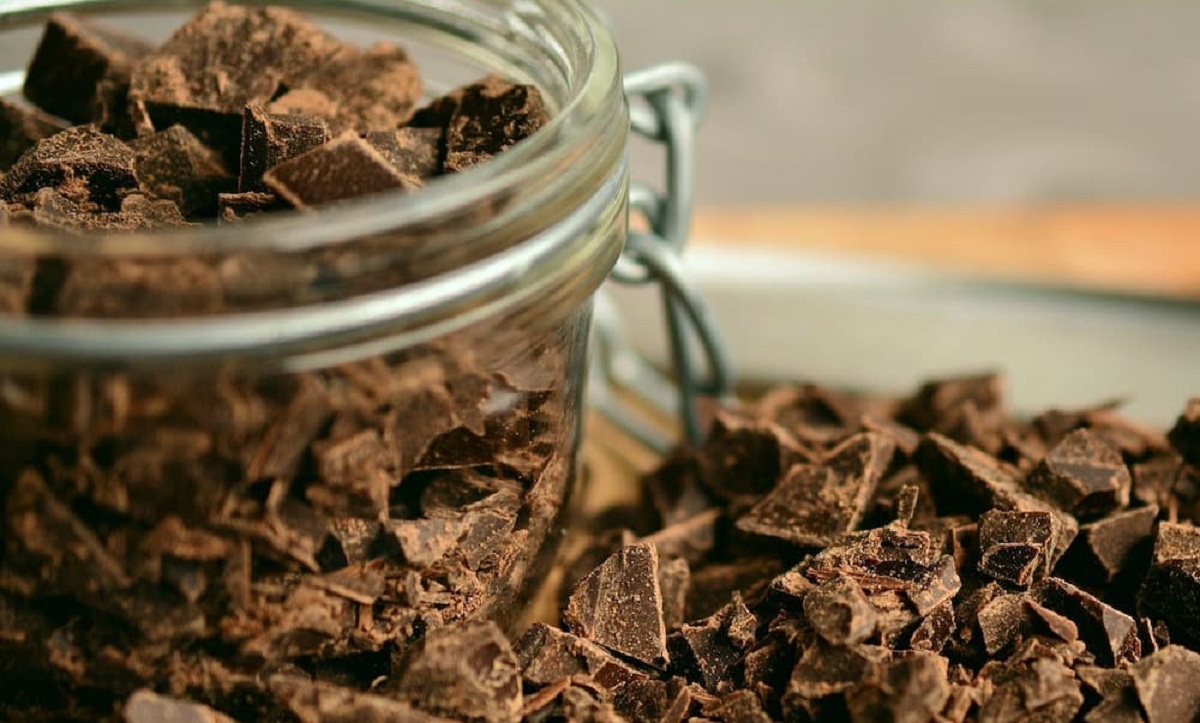
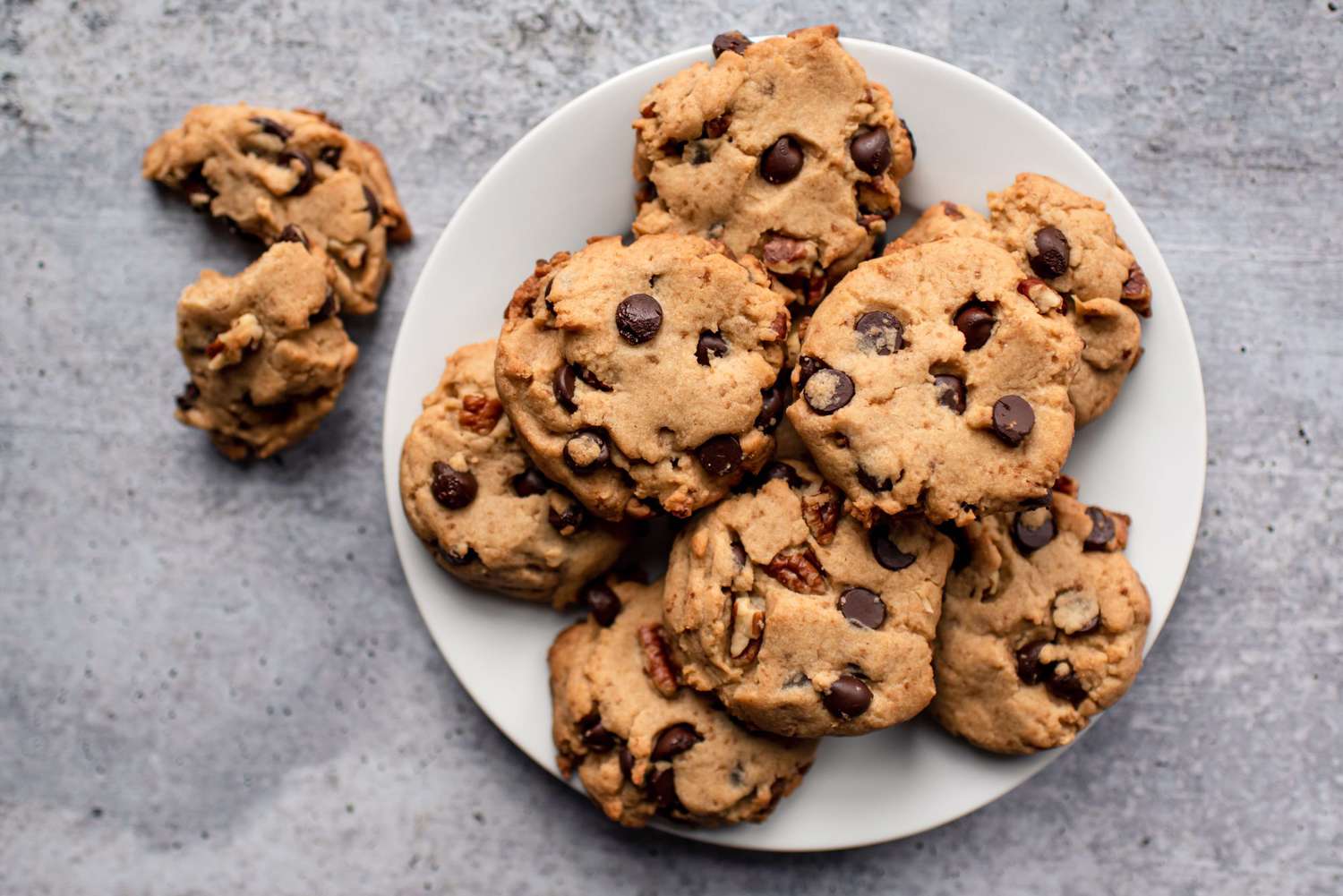
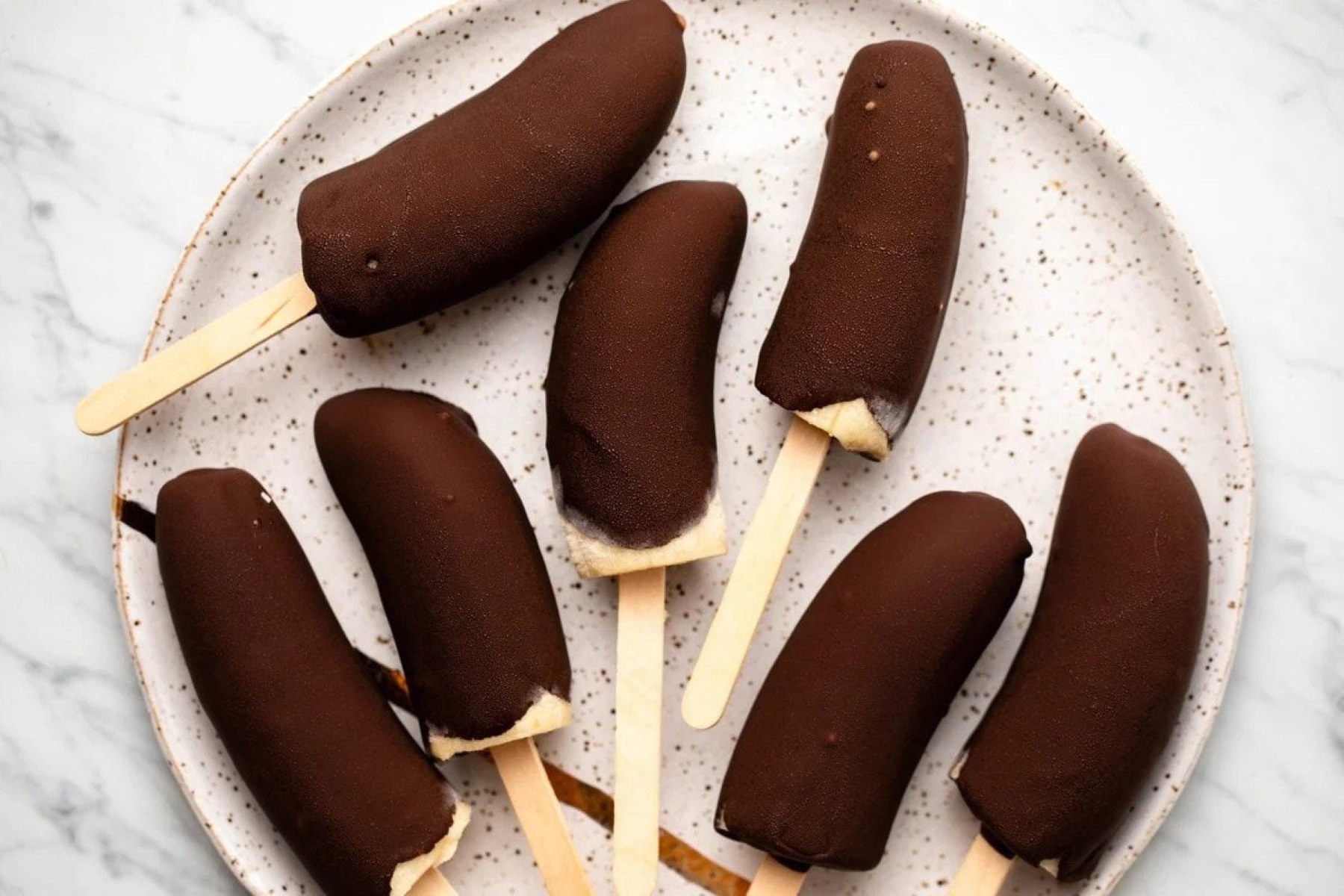
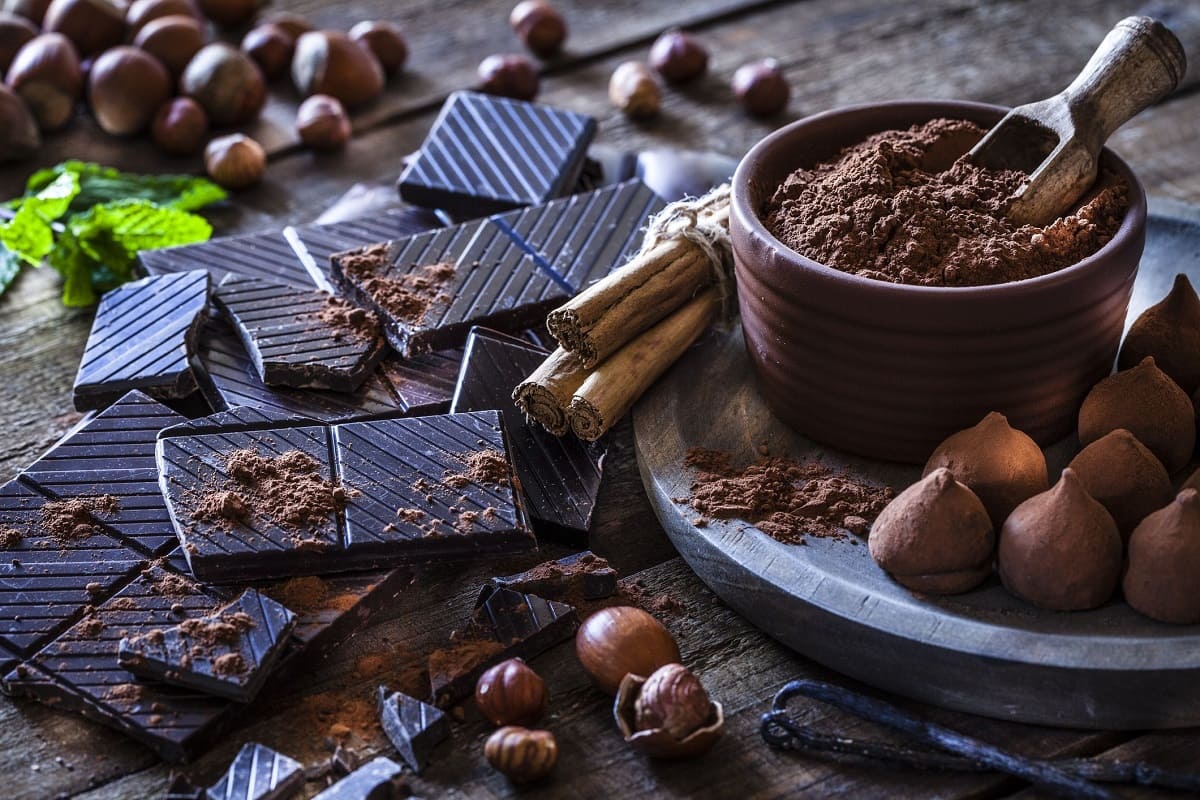
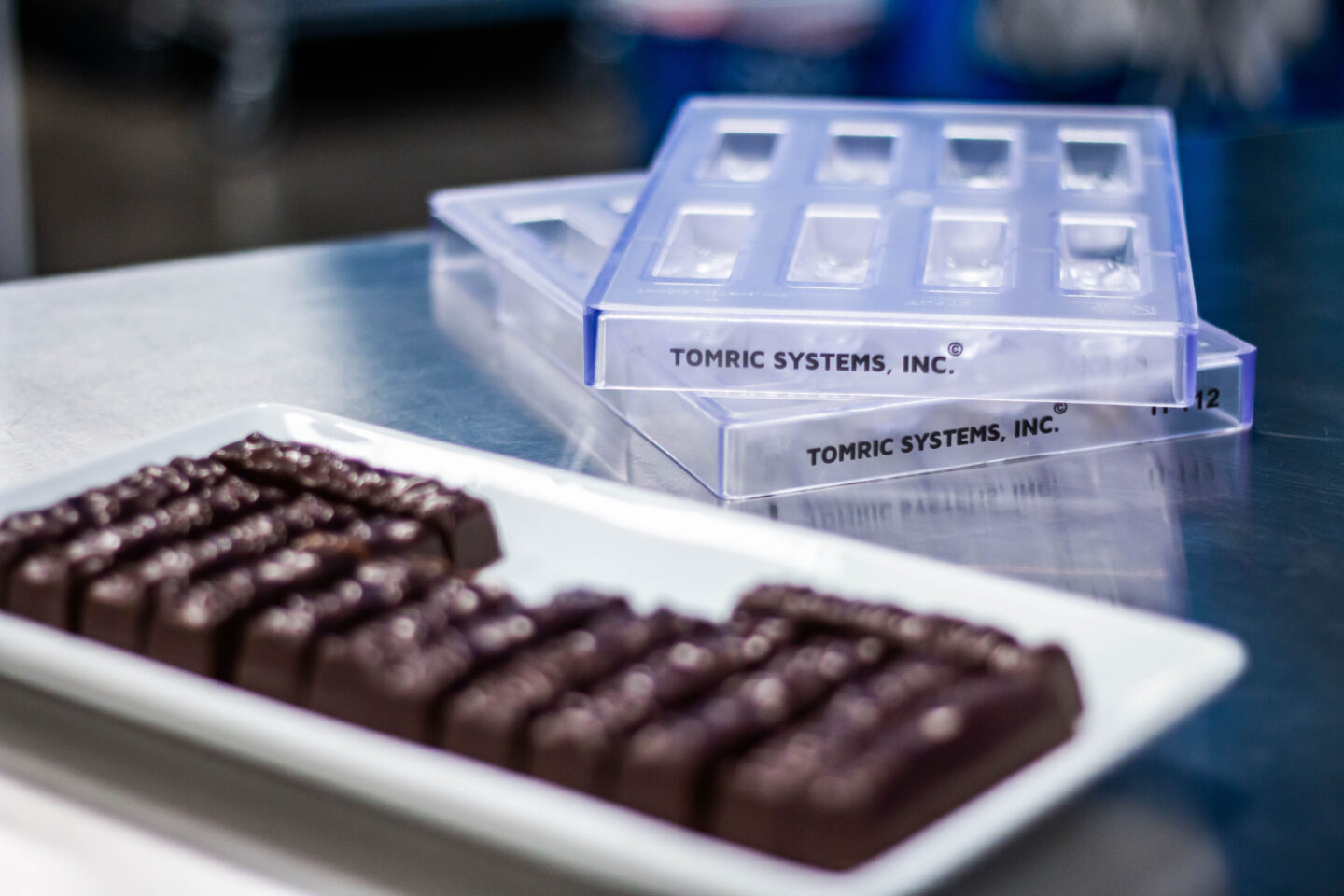
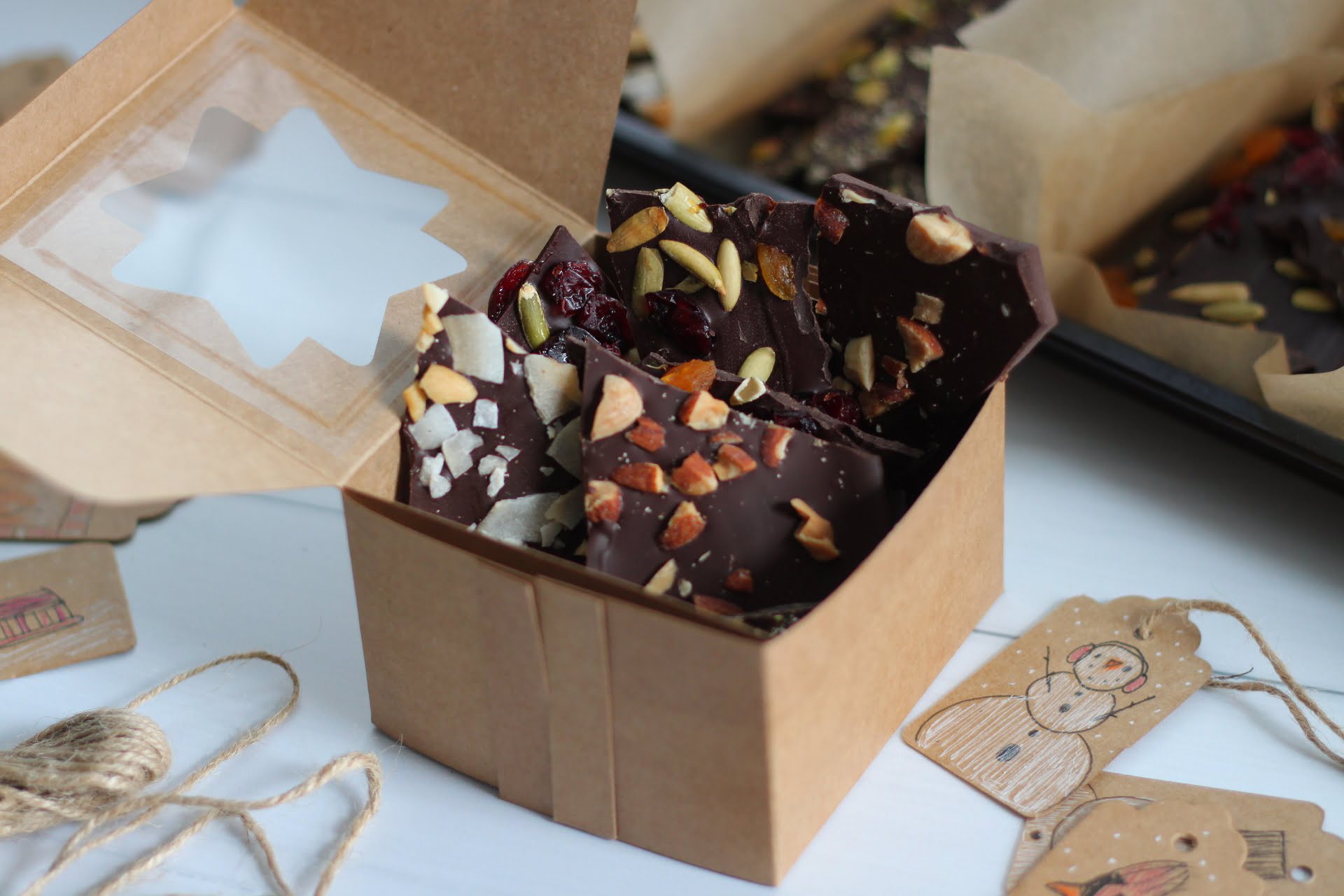
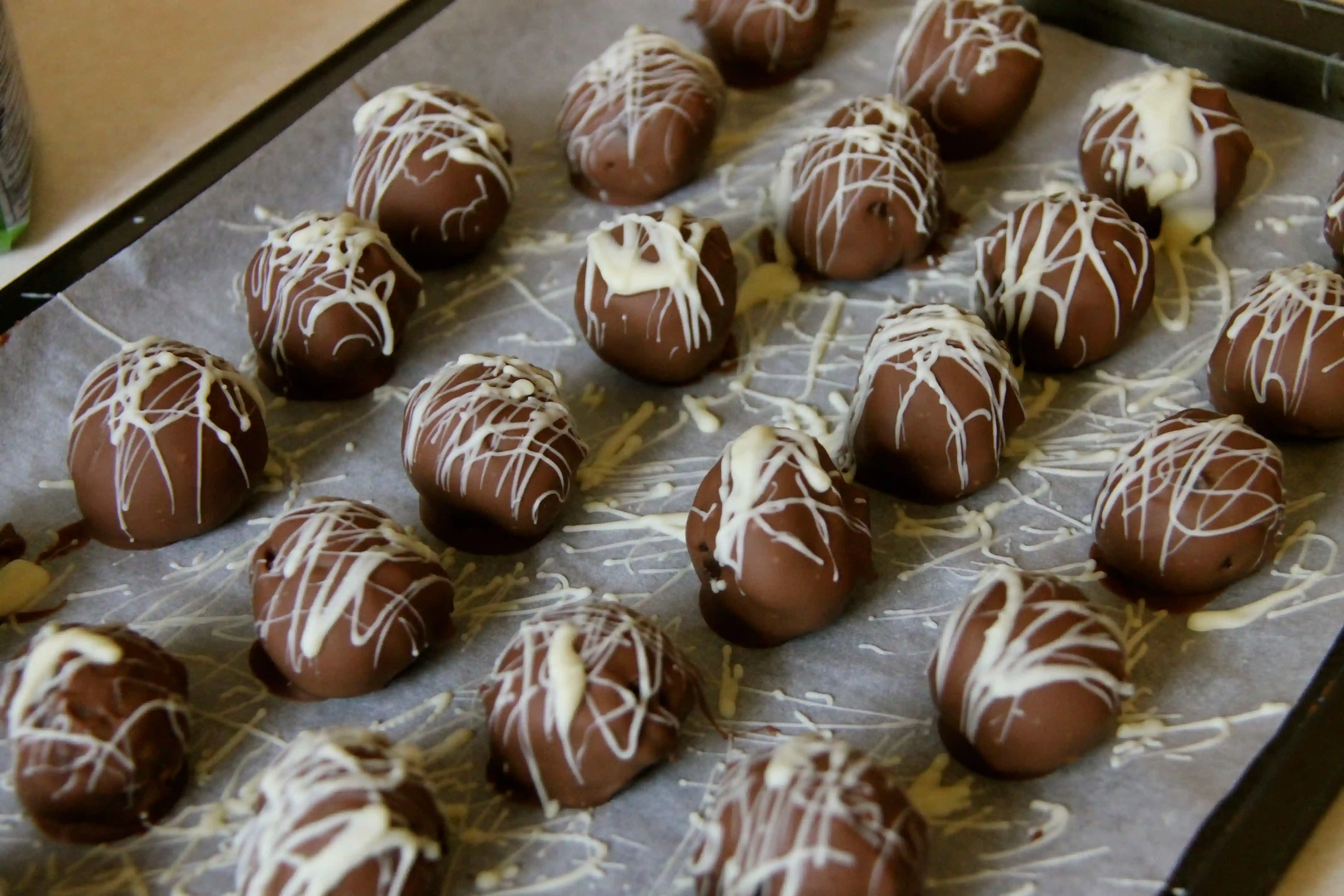

0 thoughts on “How To Store Chocolate Bars”